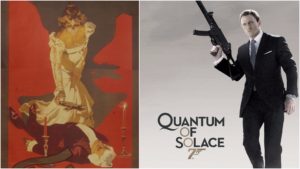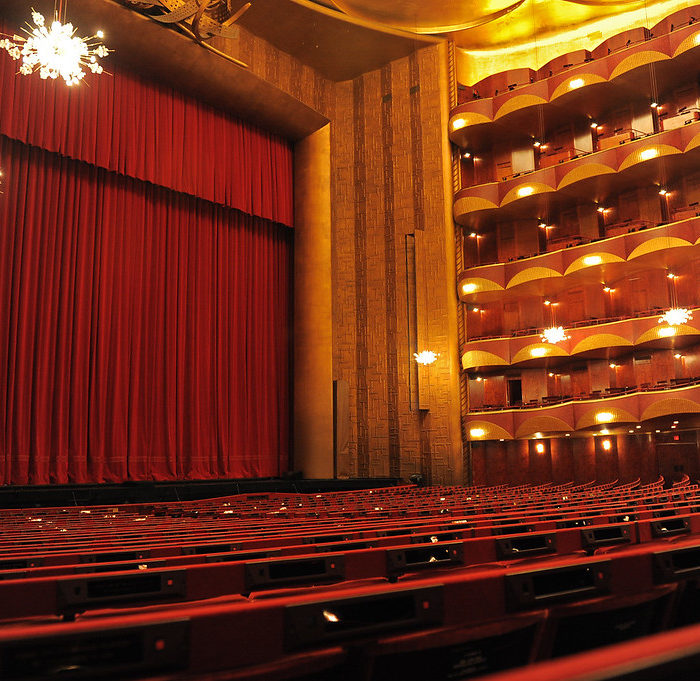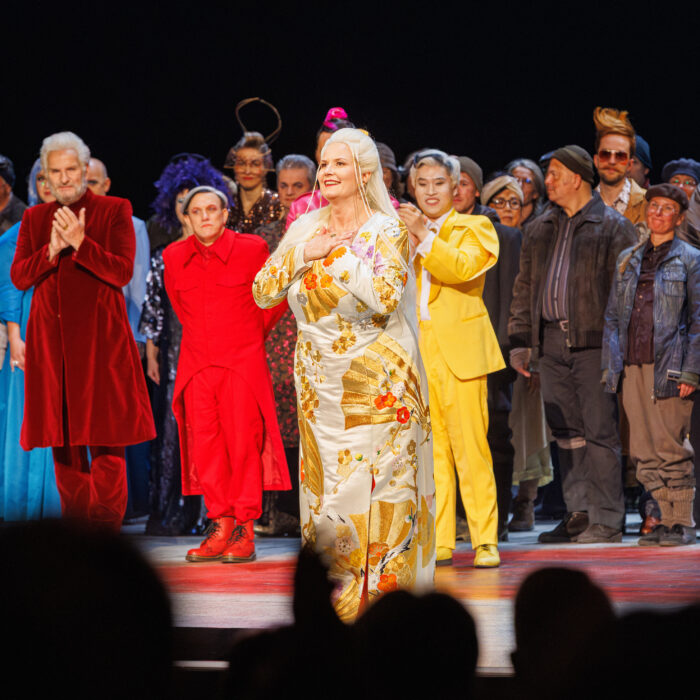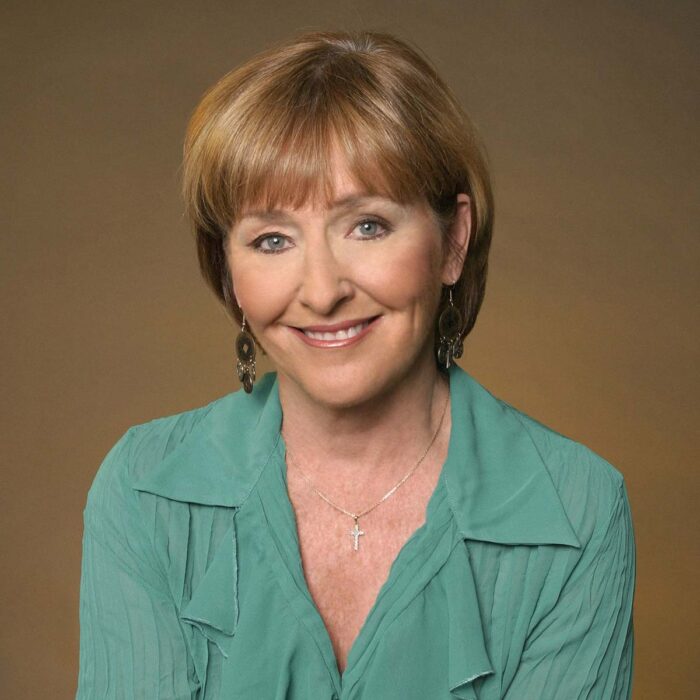
Opera Meets Film: ‘Tosca’ & James Bond Come Together in ‘Quantum of Solace’
By David Salazar“Opera Meets Film” is a feature dedicated to exploring the way that opera has been employed in cinema. We will select a section or a film in its entirety, highlighting the impact that utilizing the operatic form or sections from an opera can alter our perception of a film that we are viewing. This week’s installment features Marc Forster’s “Quantum of Solace.”
Let’s make one thing clear – I don’t like “Quantum of Solace” as a film. Of all the Daniel Craig 007 movies, this one is the weakest by a country mile. But it is also among the more interesting ones as it is a James Bond rarity – a direct sequel.
The film follows right after the events of the incredible “Casino Royale (probably still the best Craig movie of the series)” with our hero looking for revenge on the killers of his beloved Vesper Lynd. The entire film tracks Bond’s rampage as he becomes more and more menacing.
The film has tremendous potential to explore this aspect of the famed spy, and while it squanders it overall, it does manage some fascinating set pieces, mainly the subject of this article – the “Tosca” scene in Bregenz.
Two Plot Organizations
This scene works beautifully in the context of the film on so many levels. For context, Bond is eavesdropping in on a meeting between Quantum and its executive board members at the opera itself. The production itself showcases a massive eye watching over everything, which fits in line with Bond overseeing the conversation and later taking photographs of the members walking out so that he can later identify them. All the while, we get Scarpia’s famous “Te Deum” but the staging reflects the preparation of an execution, which arrives at the climax of the scene.
Also worthy of note is seeing two evil organizations at work hiding behind more sanctimonious and classy institutions. In the audience, Quantum is doing business at the opera while on stage, Scarpia and his tyrannical police are orchestrating an execution during a church service.
The actor cast as Scarpia has a striking resemblance to Mathieu Amalric, who plays the central villain Dominic Greene, further cementing the links on and offstage.
Operatic Violence
The opera’s symbolism truly shows its magic at the climax of the Te Deum, which propels us into a gunfight. From there, the opera moves into another passage that deepens the ties. Intercut between the gunfight is the scene where Tosca murders Scarpia, the massive eye looming large over both of them. Forster cuts between stabs from Tosca and Bond on his rampage, linking the two as crimes of passion. In the opera, Tosca’s attacks come after Scarpia has tortured her psychologically, attempted to rape her, and taken her lover Mario Cavaradossi away to be executed. This mirrors Bond’s revenge for having lost Vesper at the hands of the organization.
One of the major challenges of this film is our ability to empathize with Bond’s quest for vengeance and increasingly unbridled violence. While we can get the pain, it is hard to fully feel. This scene does some of the heavy lifting to bridge that gap, and while it is ultimately not enough, the scene itself is a virtuoso piece of filmmaking and a brilliant use of opera in the audiovisual art form.


